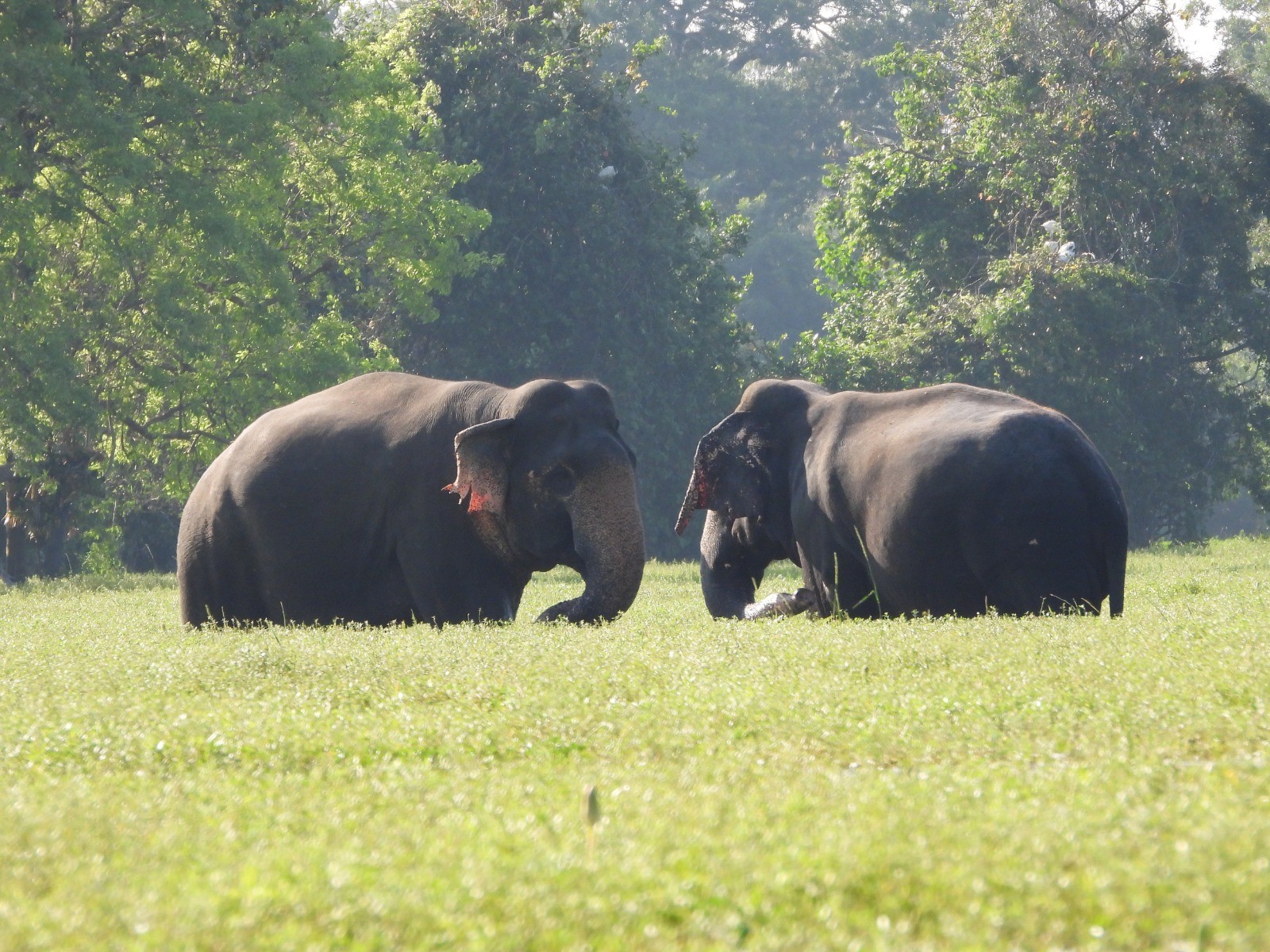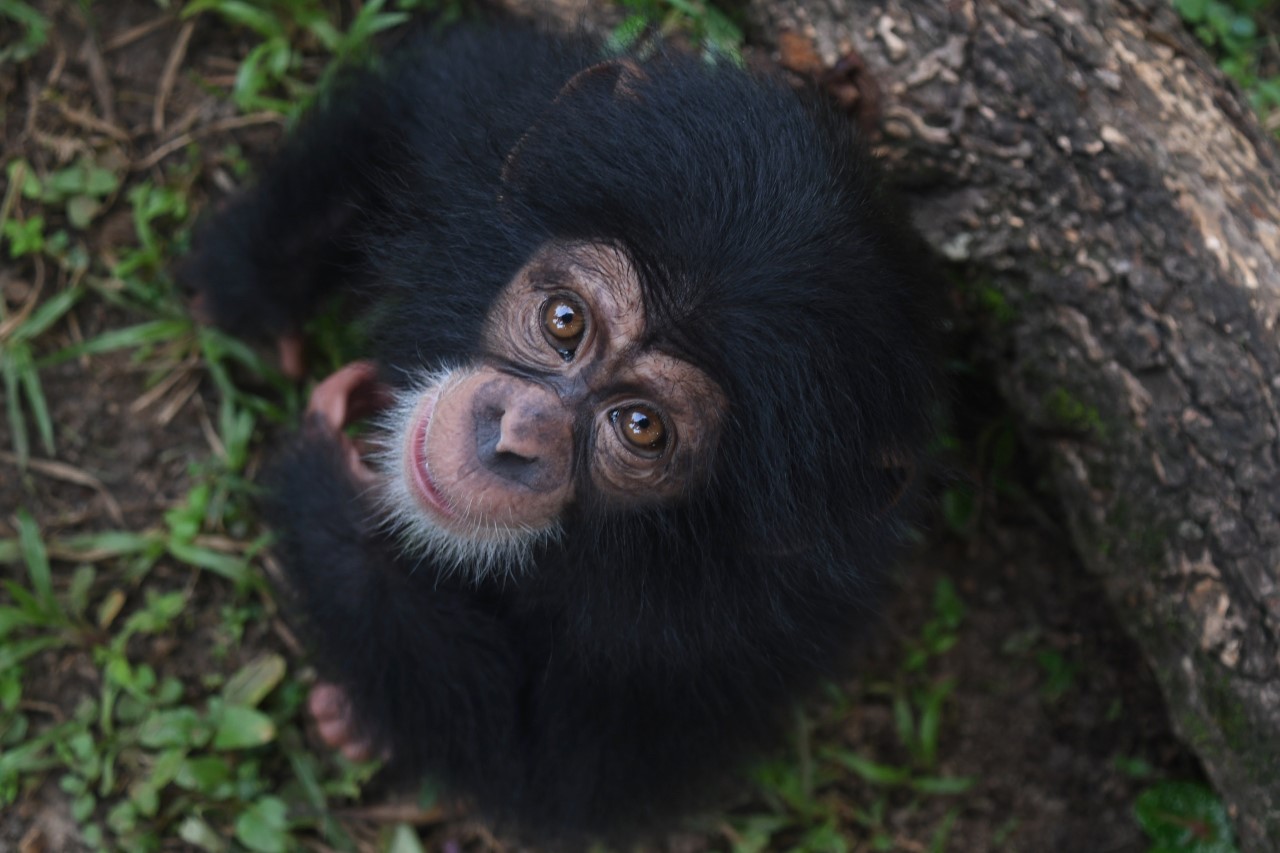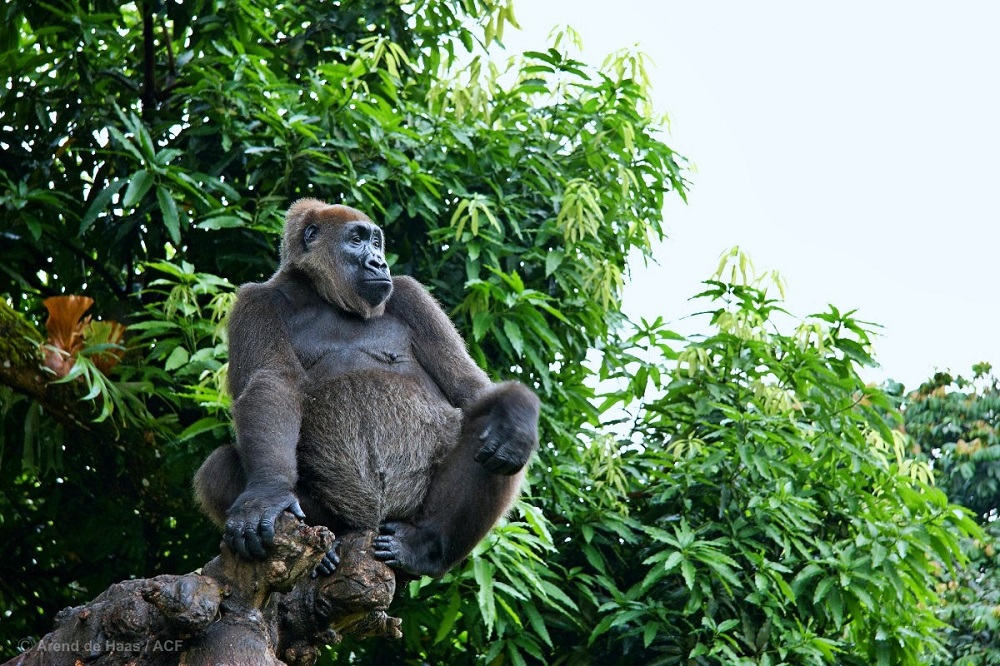The Rukhavorn Community Forest spans over 30,254 hectares, with many villagers living within the forest. Hunting, fishing and illegal logging are a danger to all the wildlife within the forest. This region of Cambodia has a culture of forest protection by local communities going back generations and, until recently, with no external support.
Several of the species found in the forest are on the IUCN Red-List of threatened species: Sunda pangolins, bantengs and doucs are Critically Endangered; long-tailed macaques, silvered langurs are Endangered; sambar, stump-tailed and northern pig-tailed macaques are Vulnerable species. Alongside their intrinsic value, all these species play a vital role in maintaining a healthy forest ecosystem.
Barbaric snares, made from rope, metal wire and/or nylon, are set in the thousands throughout forests in Cambodia and are the biggest threat to the country’s wildlife, causing a painful death to anything that strays into their path. In addition, the loss and fragmentation of habitat has seen further declines in populations and have made poaching easier for the hunters, giving them closer access to dense forest areas.
The Sunda pangolin is the most trafficked animal in the world. These shy and gentle creatures are hunted for their meat, skin and scales to be used in food, clothing and traditional medicine. Already critically endangered on the IUCN Red List, Sunda pangolins are predicted to decline by a further 80% over the next two decades unless urgent action is taken.
Douc langurs are small primates whose highly specialised diet of leaves, seeds, fruits and flowers, makes them especially habitat dependent. Adult douc langurs are hunted for food and traditional medicine, with their babies being captured and sold as illegal pets. Due to their specialised diet the babies usually die in captivity due to gastric distress.
Banteng are a beautiful species of wild cattle which play an important ecosystem role as large herbivores, circulating nutrients and dispersing seeds. Their main threats are habitat loss and hunting for their meat and horns. They have experienced an estimated 80% global population decline over the past 20 years and the latest IUCN Red List assessment puts the global population of banteng at just 8,000, with over half living in eastern Cambodia.
Rukhavorn Community Forest rangers, located within the Sorng Rokha Vorn Wildlife Sanctuary, are managed by former monk, Bun Saluth. He coordinates with Ministry of Environment rangers and approximately 80 local people and monks to protect the forest and its wildlife. They patrol alongside Ministry of Environment officials and police. The wildlife rangers here are very committed to the forest’s protection but are in urgent need of financial and technical support in order to sustain their activities.
While on patrol the rangers often have to stay 2 or 3 nights out in the forest, travelling by quad bike or ox and cart, removing snares set by poachers, confronting armed hunters and monitoring wildlife and illegal activity. To control illegal activities, patrols are divided into two teams: the forest team, responsible for checking snares and opening forest fire trails, and the wetland team, which patrols by boat to deter illegal fishing. Snares are set randomly so are difficult to detect, but their specialised ranger units over 10 stations have removed approximately 250,000 snares to date.
Our on the ground partner in the area is Wildlife Alliance. Through their Community Conservation Support programme, they respond to requests from the ranger teams, helping to provide them with the training, equipment and support they need to work safely and effectively to protect the forest and its wildlife.
Through this project, we aim to support the community rangers in 4 specific ways:
- Build a natural pool that provides water for wildlife during the dry season.
- Purchase 10 additional patrol equipment kits to enable 10 additional Rukhavorn rangers to patrol and protect the forest’s natural resources and wildlife.
- Purchase 3 GPS units so rangers can track and analyse patrols, discourage hunting, remove snares and address other threats to forest and wildlife.
- Increase ranger effectiveness and wildlife monitoring through hands-on training on site selection, re-installation of camera traps during the dry season, patrol analysis and strategic planning for future patrols.
Past project impact
In 2023, we worked with Wildlife Alliance in the Srae Chis Community Forest, in another part of Cambodia. Through this project, we were able to supply the ranger team with essential patrol and monitoring equipment: camera traps, radio devices, hammocks, headtorches, raincoats, backpacks and boots. The impact on ranger patrols has been significant in this area, including giving rangers the ability to record new data and thus provide a more accurate picture of the importance to biodiversity protection. As one small example, the camera traps recorded footage of the critically endangered banteng which, due to their elusiveness, had never been officially recorded in the area before.



